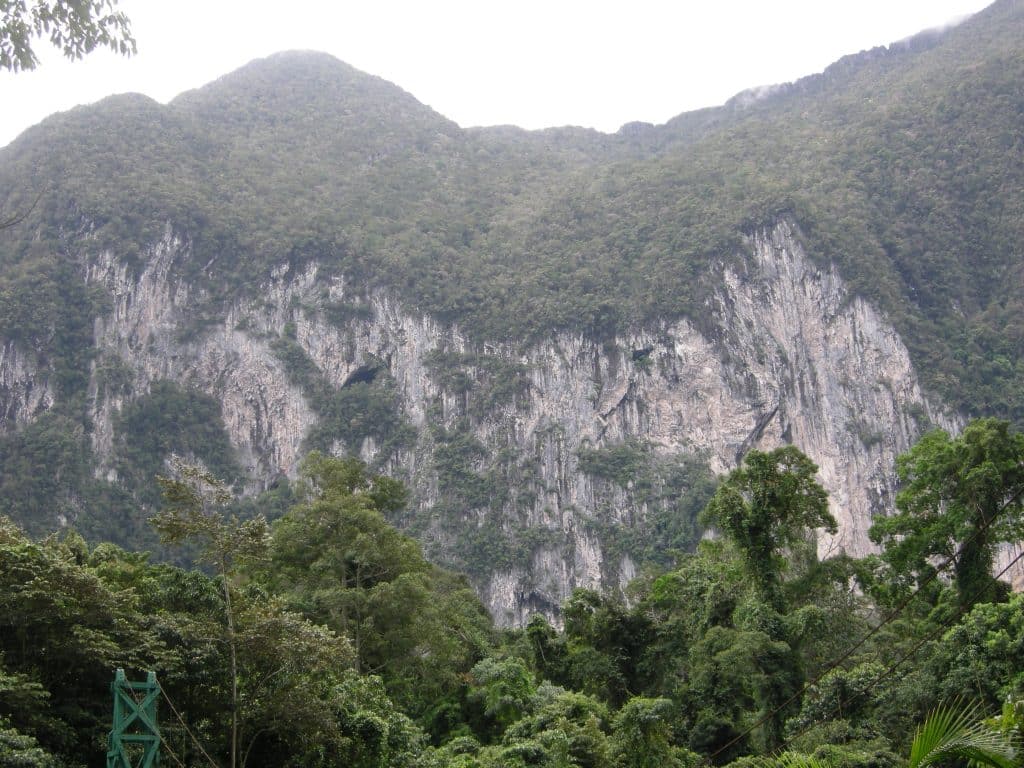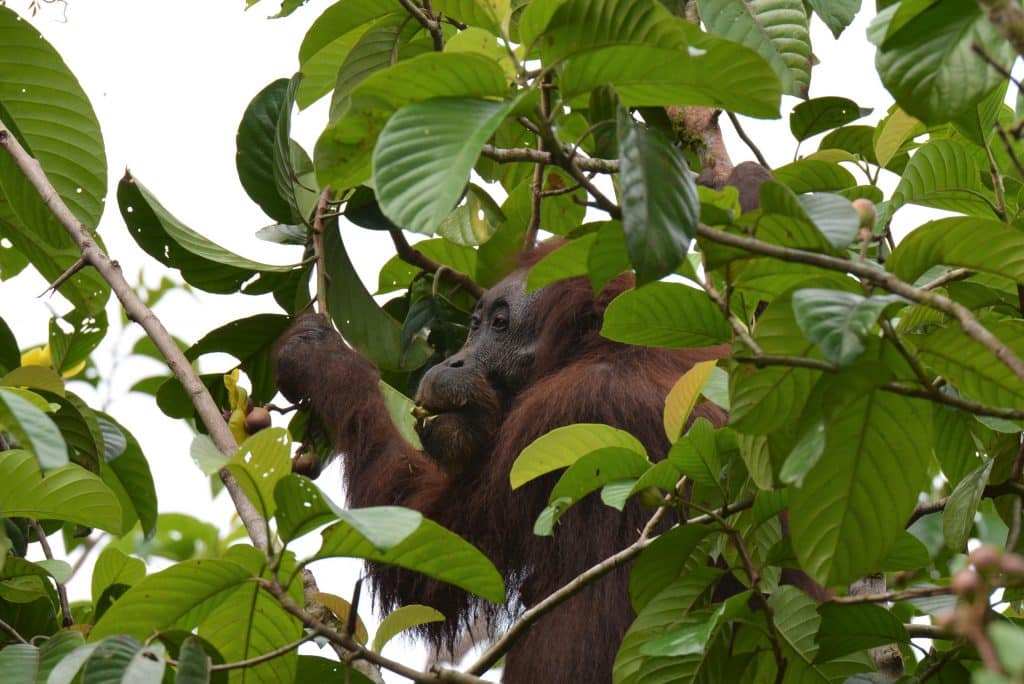Protected forest areas are good for biodiversity not only within their boundaries but also in surrounding areas, according to a new study published in Nature.
It’s critical information in meeting the United Nations’ 30 by 30 global framework for managing nature, which aims to protect 30 percent of Earth’s lands and waters by 2030.

The study, conducted by an international team of scientists that includes three researchers at Northern Arizona University, did a comprehensive analysis of mammal and bird diversity inside and outside of parks across Southeast Asia, which is one of the most diverse regions on Earth. While these protected areas were shown to be good for animals inside their borders, as expected, the researchers also found protection extended to nearby unprotected areas, which was a surprise. Past work demonstrated activities like hunting and logging, when forced out of protected areas, simply increased in the surrounding unprotected areas, making the benefits of protection a wash.
But it turns out conservation stretched beyond its official boundaries.
“Massive expansions to global protected area coverage will be difficult and expensive, but our results show that it’s worth it,” said lead author Jedediah Brodie of the University of Montana and the Universiti Malaysia Sarawak. “We knew that protected areas can reduce logging—you can see that from satellite imagery—but you can’t see the animals inside the forest from space.”
Using space to study Earth
Researchers from NAU’s School of Informatics, Computing, and Cyber Systems (SICCS) used NASA’s Global Ecosystem Dynamics Investigation (GEDI), a laser instrument on the International Space Station, to gather vertical information on forest structure. Regents’ professor Scott Goetz, assistant research professor Patrick Jantz and senior research scientist Patrick Burns, all co-authors on the paper, regularly use GEDI to answer questions about ecosystem health around the Earth. This research was a little more expansive.

“While satellite monitoring of forest cover is essential for tracking deforestation, the unique data provided by GEDI allow us to go beyond cover and get at the structural diversity and habitat heterogeneity of forests, which is important for biodiversity,” Goetz said.
The need to expand protected areas now
This research provides clear justification to designate large protected areas—the bigger the better, Jantz said. Larger parks had a significantly stronger influence or “spillover effect” on mammal diversity in surrounding landscapes.
GEDI has a good view of Arizona too. This technology can aid in mapping habitat quality worldwide, which can lead to improvements in conservation assessment and decision-making for land managers and policymakers globally. Jantz said the approaches used in the study could inform forest habitat quality assessment and conservation activities in Arizona and the American Southwest more broadly.
Heidi Toth | NAU Communications
(928) 523-8737 | heidi.toth@nau.edu




